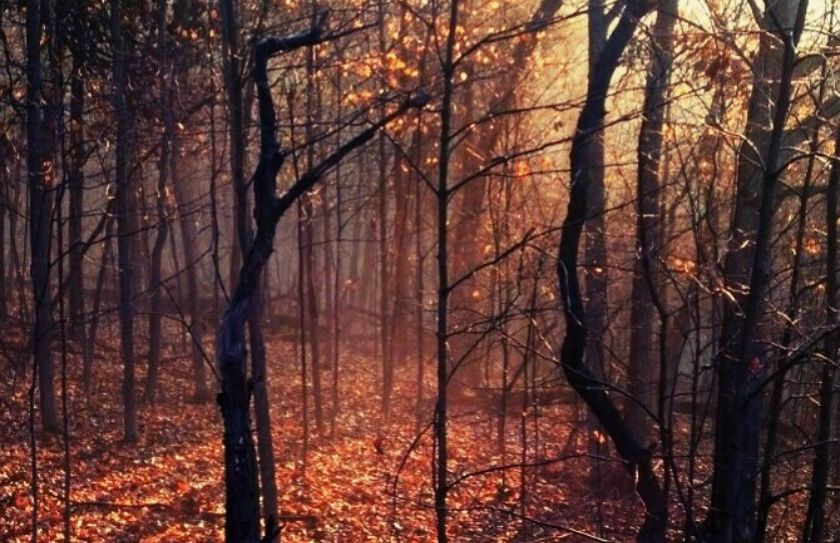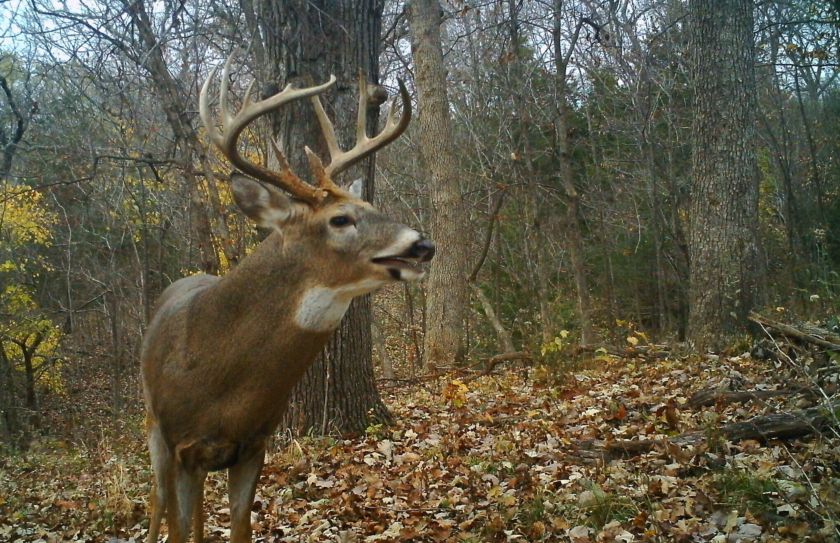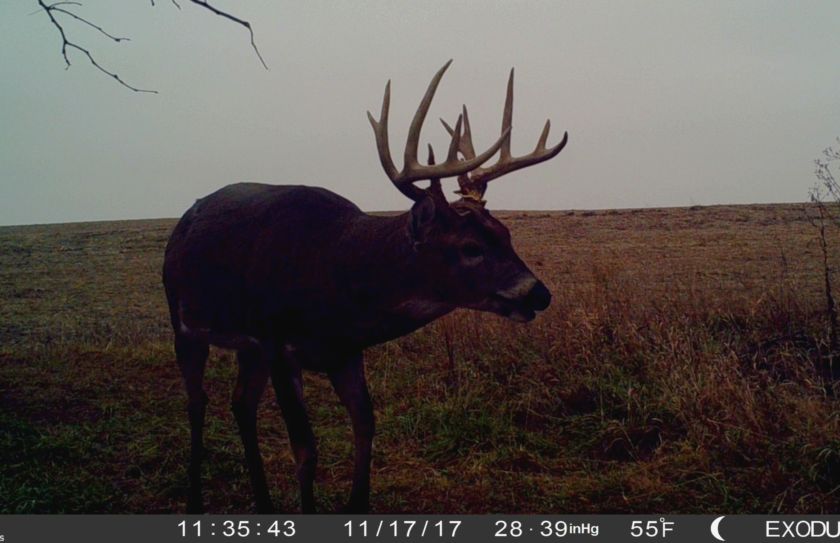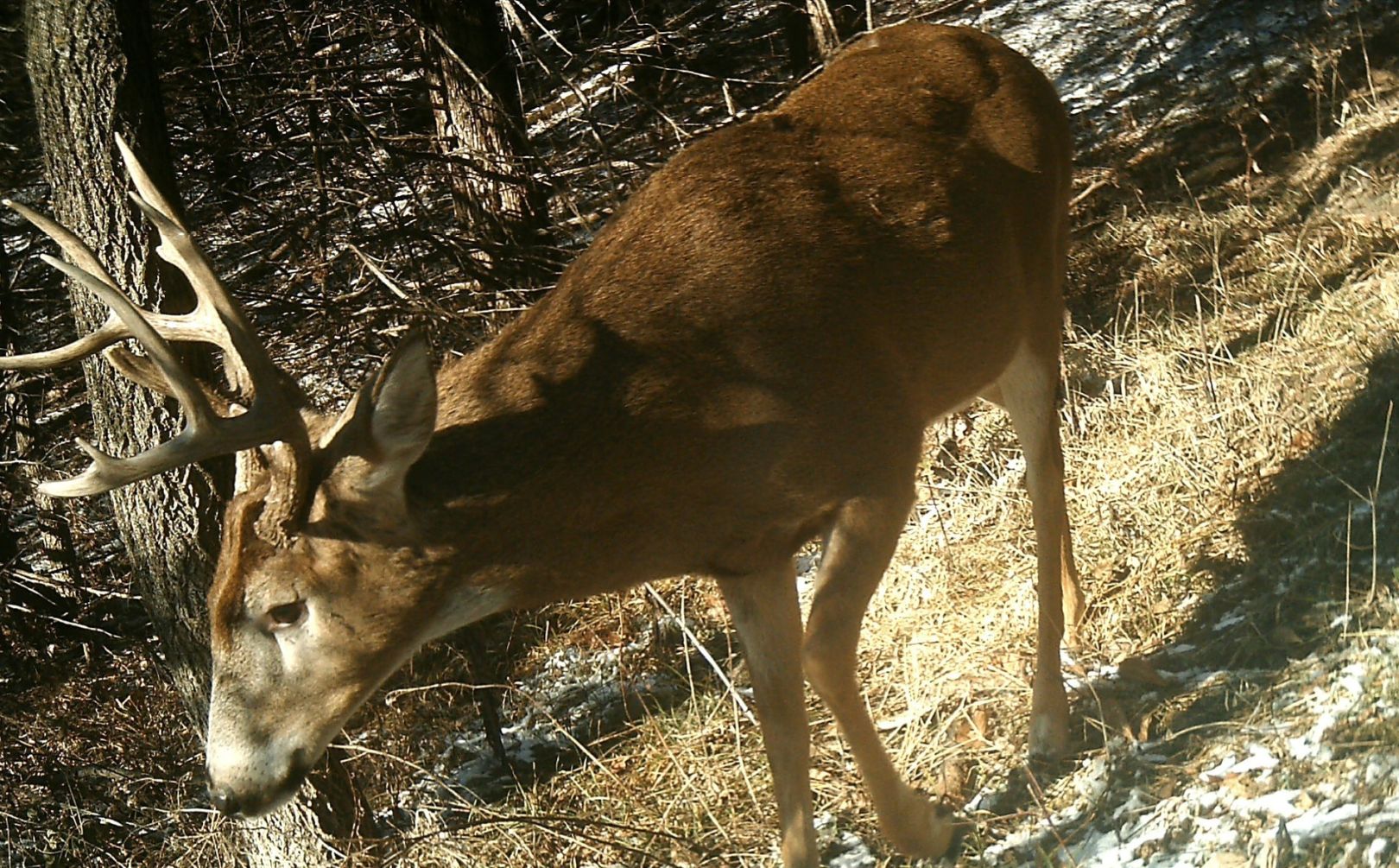
There is a huge advantage when it comes to hunting and accessing whitetails within major hill systems. Thermals, stand approach, herd quality and buck age structure ALL have higher potential quality levels when there are major elevation changes. Do you have the perfect combination of hills and whitetails? Then enjoy the many advantages that changes in elevation can deliver to you, for experiencing high levels of whitetail success!
*Want to find out all that you can about your scent and hunting the hills? Then check out Deer Thermals.
5 Hill Country Whitetail Advantages
Hills and whitetails go hand in hand to provide hunters with some huge advantages when it comes to your overall hunting strategy and the quality level of the herd that you hunt! Here are the top 5 ways that you can find a better hunt, when the terrain is full of hills:
1. Deer Access and Hills
While an exposed and open valley access can be extremely tough, the opposite can be said for accessing deer stands on the back side of ridges and points, and by traveling with a low profiled through ravines, ditches and draws.
2. Higher Buck Age Structure
Hills sure make game managers look a whole lot better than other state's wildlife officials! Hills hide whitetails from hunters and from each other. I have experienced 100s of times over that when hunter numbers, hunting limits and season limits are roughly the same (even longer season dates and higher bag limits), that regions located within hills provide a higher buck age structure and better deer herds. Hunters always like to blame their game department managers in just about every state I visit clients within. However, game department authorities can look like stars with the same regulations in states with great habitat and extremely low amounts of hunters (Kansas and Iowa), compared to states with poorer habitat and greater hunter numbers such as MI and PA. One things for sure though; hunters typically blame their state game officials for the current state of the deer herd. Hunters need to look no further than their own efforts and their own habitat, to find answers that lead to a quality hunt and herd.
3. Protected Pockets of Low-Stress Deer
One thing I love about hills is that not only do hills create older bucks and better deer herds, but they can insulate pockets of deer within shallow valleys, wide draws of several acres or more and within hidden benches. Protected pockets of low stress deer create a highly stable daily movement pattern that is easy to take advantage of. When doe family groups can live their lives "stress free", within pockets of highly protected habitat, I have experienced that they will often reside within that form of safe habitat, all season long.
4. Thermal Whitetail Advantage
With rising thermals in the morning and dependable falling thermals during the last 1/2 hour to 45 minutes of daylight, you can learn to cheat the wind, when hunting for mature bucks in hills.
5. Hill Country Deer Habitat Diversity
A lack of topography often creates a monoculture of habitat types. However, for ever 50-100' of elevation change, you can typically expect a change in the combination of habitat features that cover the landscape. When you add rock outcroppings and poor soil sides and points together with soil-rich bottoms and flat tops, there can be sometimes be a huge level of diversity that attracts not only edge-loving whitetails, but many other varieties of wildlife species.
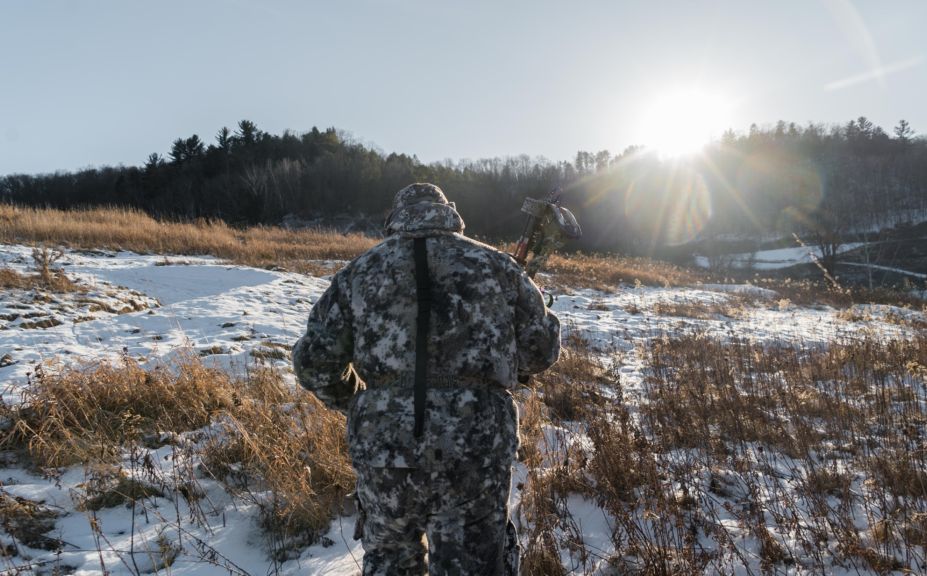
*One of my favorite hunting tactics is to hunt mature bucks during the morning hours. Here is a strategy for how to decide when to hunt whitetails, In The Morning.
Conclusion
Hunting parcels that carry a minimum of 50-100' in elevation changes offer an extremely unfair advantage over flatland parcels. Better herds, hidden herds and a higher level of overall hunting strategy can be applied when hunting whitetails in the hills. Make sure that you are experiencing the advantages of extreme topography, if you are fortunate enough to be hunting whitetails in the beautiful settings of significant terrain changes!
